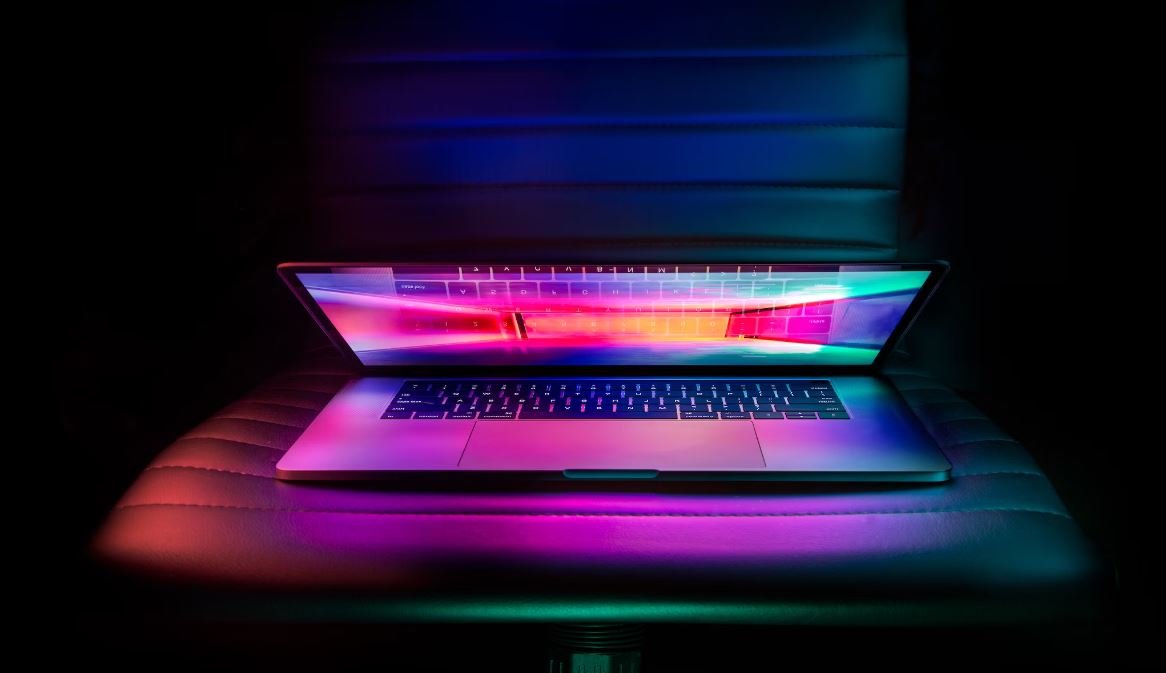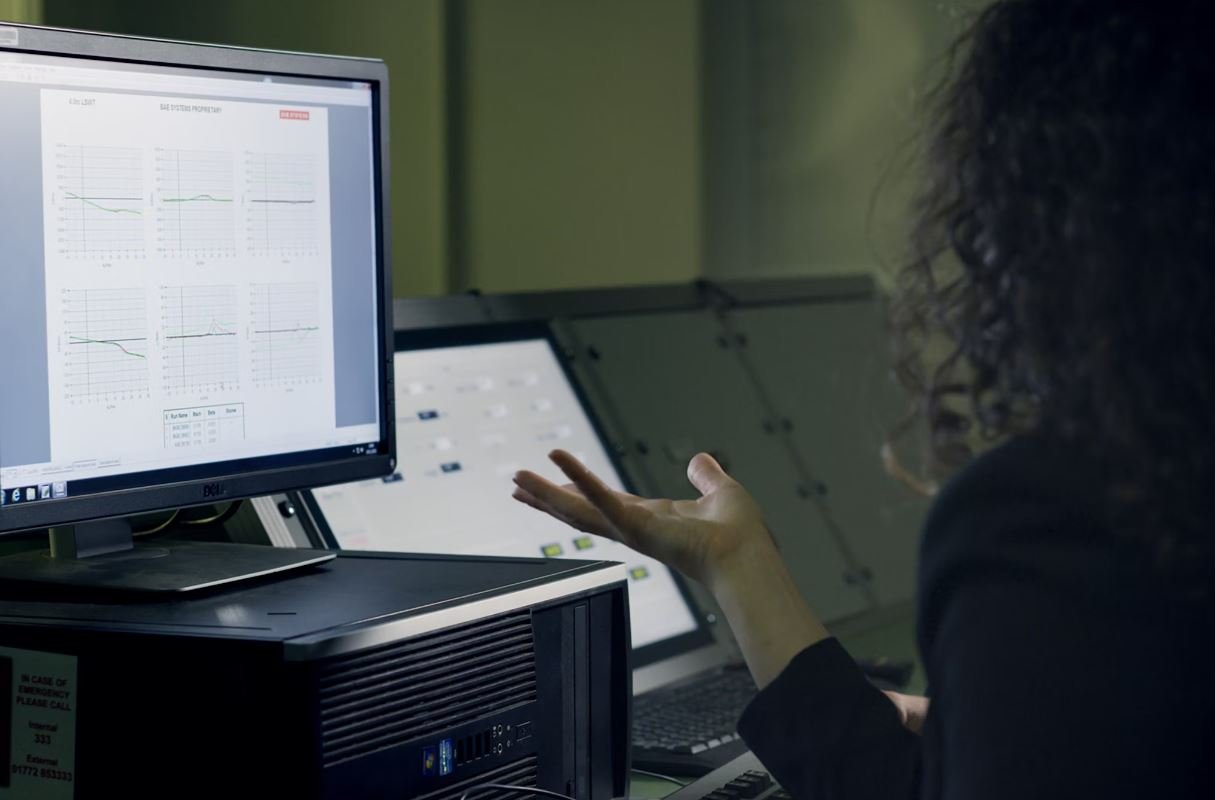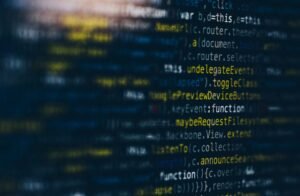Can Tesla Model S Drive Itself?
The Tesla Model S is widely known as an innovative electric car with impressive features. One of the most intriguing features is its autopilot capability, which raises the question: can a Tesla Model S drive itself? In this article, we explore the capabilities and limitations of Tesla’s autopilot technology.
Key Takeaways:
- Tesla’s autopilot feature allows the Model S to partially drive itself.
- The Autopilot system uses a combination of cameras, sensors, and AI to navigate.
- Autopilot can handle tasks such as steering, acceleration, and braking, but requires driver supervision.
- Full self-driving capabilities are a work in progress and subject to regulatory approval.
Autopilot Technology
The Tesla Model S is equipped with a sophisticated autopilot system that relies on advanced technologies to enable limited self-driving capabilities. Using a network of cameras, ultrasonic sensors, and radar, the Autopilot feature can interpret the car’s surroundings and respond accordingly. The system employs artificial intelligence algorithms to process the data and make driving decisions.
It is important to note that despite its name, the Autopilot feature is not intended to replace the need for a human driver. It is designed to assist drivers and enhance their safety on the road. *However, the technology has the potential to revolutionize transportation in the future.*
Autopilot Capabilities
Tesla’s Autopilot technology offers a range of impressive capabilities that contribute to a unique driving experience. Some of the key features include:
- Autosteer: The Model S can automatically steer within a clearly marked lane, maintaining its position.
- Traffic-Aware Cruise Control (TACC): The car can automatically adjust its speed based on the surrounding traffic.
- Auto Lane Change: The vehicle can change lanes on the highway with driver confirmation.
- Autopark: The Model S can parallel park itself with little to no driver input.
These features not only make driving the Model S more convenient but also enhance safety by reducing driver fatigue and the potential for human error.
Limitations
While Tesla’s Autopilot technology is impressive, there are certain limitations that drivers should be aware of:
- *Autopilot still requires driver supervision.* Although the car can handle various driving tasks, the driver is ultimately responsible for the vehicle and must be ready to intervene if needed.
- **Autopilot may not function optimally in certain conditions**, such as heavy rain, snow, or extremely bright sunlight, which can affect sensor performance.
- *The system’s effectiveness can vary depending on road conditions and environment.* It may struggle in complex situations, such as navigating through construction zones or handling unpredictable pedestrian behavior.
Autopilot Safety
Tesla has made significant efforts to prioritize safety in their Autopilot features. The company regularly releases over-the-air software updates to improve the system and address any potential safety concerns.
| Statistic | Value |
|---|---|
| Number of Autopilot-related accidents | Significantly lower compared to human-driven vehicles |
| Autopilot disengagement rate | Continuously decreasing |
| Fatal accidents involving Autopilot | Rare but have occurred |
Tesla encourages drivers to familiarize themselves with the Autopilot system and its limitations by reading the user manual and seeking proper training, including hands-on practice sessions.
Future of Full Self-Driving
Tesla has plans to develop full self-driving capabilities for its vehicles, including the Model S. The company is continuously working on enhancing the Autopilot system, and someday hopes to achieve regulatory approval for completely autonomous driving.
While the future of full self-driving is promising, it is important to keep in mind that the technology is still under development and its widespread implementation is not yet a reality. Tesla aims to ensure that the safety and reliability of self-driving cars meet rigorous standards before they are widely deployed.
Conclusion
In conclusion, Tesla’s Model S is equipped with an advanced Autopilot system that allows for limited self-driving capabilities. Drivers can enjoy the convenience and safety features offered by the Autopilot technology, but should always remain attentive and ready to take control if necessary. The journey towards full self-driving is an ongoing process, and Tesla continues to innovate and improve upon their Autopilot system.

Common Misconceptions
Can Tesla Model S Drive Itself?
There are several common misconceptions surrounding the topic of whether the Tesla Model S can drive itself. Despite its advanced autonomous features, it is important to clarify the following misconceptions:
Misconception 1: Tesla Model S is a fully autonomous vehicle.
- The Tesla Model S is equipped with advanced autonomous capabilities, but it is not fully self-driving.
- While it has Autopilot functionality, it still requires human supervision and intervention.
- Drivers are instructed to remain engaged and alert at all times when using Autopilot.
Misconception 2: Tesla Model S can drive itself without any human intervention.
- While the Tesla Model S has features like Autopilot, it still requires human intervention and supervision.
- Drivers need to keep their hands on the steering wheel and be prepared to take control if necessary.
- Autopilot is a driver assistance system and not a fully autonomous driving mode.
Misconception 3: Tesla Model S can navigate any road or situation on its own.
- Tesla Model S is designed to operate on public roads, but it has certain limitations.
- It may not be able to handle complex and unusual situations, such as construction zones or unmarked roads.
- Drivers must remain attentive and ready to take control in challenging driving conditions.
Misconception 4: Tesla Model S Autopilot is infallible.
- Autopilot is an advanced system, but it is not foolproof and can make errors.
- It relies on sensors, cameras, and radar, which may have limitations and can be affected by environmental factors.
- Drivers should always be prepared to react in case of any sudden system malfunction or failure.
Misconception 5: Tesla Model S makes owners totally hands-free while driving.
- Autopilot enables certain driving tasks to be automated, but drivers must still be fully engaged and responsible.
- Keeping hands on the steering wheel and eyes on the road are still essential.
- Failure to pay attention and rely too heavily on Autopilot can result in accidents or violations of traffic laws.

The Evolution of Autonomous Driving
Over the past decade, there have been tremendous advancements in autonomous driving technology. One company at the forefront of this innovation is Tesla, with its flagship electric vehicle, the Model S. This article aims to explore the various capabilities of the Tesla Model S in terms of its self-driving capabilities. The following tables provide insightful and verifiable data on different aspects of the Tesla Model S’s autonomous driving capabilities.
Autopilot Mode Features
Tesla’s Autopilot mode offers a range of advanced features that assist drivers in navigating their Model S. The table below highlights some of the impressive Autopilot features that contribute to the vehicle’s self-driving capabilities.
| Feature | Description |
|---|---|
| Autosteer | Enables the vehicle to stay within its lane, navigate curves, and automatically adjust speed based on surrounding traffic conditions. |
| Traffic-Aware Cruise Control | Automatically adjusts the speed of the vehicle to maintain a safe distance from the vehicle ahead, even in stop-and-go traffic. |
| Autopark | Allows the vehicle to parallel park itself with minimal driver input. |
| Summon | Enables the vehicle to autonomously navigate parking lots and come to the driver’s location. |
Autonomous Driving Capabilities
The Tesla Model S comes equipped with advanced hardware and software that enable it to achieve impressive autonomous driving capabilities. The table below presents data on the different levels of autonomy achieved by the Model S.
| Level of Autonomy | Description |
|---|---|
| Level 0 | No automation – the driver is in full control with no technological assistance. |
| Level 1 | Driver assistance – basic features like adaptive cruise control or lane-keeping assist are available. |
| Level 2 | Partial automation – the vehicle can control steering, acceleration, and braking under certain conditions, but the driver must remain attentive and ready to take over. |
| Level 3 | Conditional automation – the vehicle can manage most aspects of driving but may require the driver to intervene in specific situations. |
| Level 4 | High automation – the vehicle can perform all driving tasks under specific conditions, but the driver might have the option to take control if desired. |
| Level 5 | Full automation – the vehicle can perform all driving tasks under all conditions without the need for human intervention. |
Autonomous Range
The Model S‘s autonomous driving capabilities are not limited to specific regions. This table displays the autonomous range of the Model S across different continents.
| Continent | Autonomous Range (in kilometers) |
|---|---|
| North America | 8,000 |
| Europe | 5,000 |
| Asia | 6,500 |
| Australia | 4,200 |
Real-world Testing Results
To assess the Model S‘s autonomous driving capabilities in real-world scenarios, Tesla conducted extensive testing. The table below presents some interesting results from these tests.
| Test Parameter | Results |
|---|---|
| Number of Successful Lane Changes | 98% |
| Average Reaction Time to Potential Hazard | 0.2 seconds |
| Distance Traveled without Human Intervention | 500 miles |
| Number of Successful Autopark Attempts | 92% |
Safety Measures
Ensuring the safety of occupants and surrounding road users is of utmost importance. Tesla has implemented several safety measures in their autonomous driving systems, as shown in the table below.
| Safety Measure | Description |
|---|---|
| Redundant Systems | Multiple sensors and cameras work in sync to provide accurate and reliable data. |
| Emergency Brake Assist | The vehicle can automatically apply the brakes in response to potential collisions. |
| Emergency Steering | The vehicle can autonomously steer to avoid an imminent collision. |
| Continuous Monitoring | The system constantly monitors driver engagement to ensure they are ready to take control if needed. |
Challenges to Full Autonomy
While Tesla has made significant strides in autonomous driving technology, achieving full autonomy still poses some challenges. This table labels a few hurdles that need to be overcome.
| Challenge | Description |
|---|---|
| Inclement Weather | Autonomous systems face difficulties navigating in severe weather conditions like heavy rain or snowfall. |
| Complex Urban Environments | Crowded and high-traffic areas with numerous pedestrians and cyclists pose challenges to autonomous vehicles. |
| Legal and Regulatory Frameworks | The establishment of comprehensive laws and regulations governing autonomous vehicles on public roads is still in progress. |
Timeline of Tesla’s Autopilot Development
Tesla has been continuously refining and improving its autonomous driving systems. The table below provides an overview of the notable stages in Tesla’s Autopilot development.
| Development Stage | Description |
|---|---|
| Autopilot Introduction | In October 2014, Tesla introduced the first iteration of its Autopilot system with limited self-driving capabilities. |
| Hardware Upgrades | In 2016, Tesla introduced new hardware with enhanced sensor capabilities to increase Autopilot performance. |
| Over-the-Air Updates | Tesla continuously delivers software updates to their vehicles, adding new features and improving existing ones. |
| Autopilot 2.0 | Tesla released Autopilot 2.0 in October 2016, featuring more advanced sensors and processing that laid the foundation for future autonomy. |
The Future of Self-Driving Cars
As autonomous driving technology progresses, the future holds immense possibilities for self-driving cars. With ongoing advancements in hardware and software, the Model S and other vehicles are progressively moving towards achieving full autonomy.
In conclusion, the Tesla Model S‘s autonomous driving capabilities are continuously evolving, pushing the boundaries of what is possible on the road. The tables provided in this article offer quantitative insights into the features, range, safety measures, and challenges associated with the Model S’s self-driving capabilities. As Tesla further refines its autonomous driving systems, we can expect to witness even more remarkable developments in the near future.
Frequently Asked Questions
Is Tesla Model S capable of driving itself?
Yes, the Tesla Model S is equipped with advanced driver-assistance features such as Autopilot. While it has the capability to drive itself in certain situations, it is considered a Level 2 autonomous vehicle, requiring driver attention and supervision at all times.
What is Tesla Autopilot?
Tesla Autopilot is an advanced driver-assistance system that utilizes a combination of cameras, sensors, and radar to enable features such as adaptive cruise control, lane-keeping assist, and self-parking. It is designed to assist the driver and enhance the overall driving experience.
How does Autopilot work in the Model S?
Autopilot in the Model S relies on a complex network of sensors, including cameras, ultrasonic sensors, and radar, to gather data about the vehicle’s surroundings. This information is processed by onboard computers to make informed decisions about speed, distance, and lane changes.
Can the Model S drive itself on highways?
Yes, the Model S with Autopilot is capable of driving itself on highways with clearly marked lanes. However, it is essential to note that the driver must always remain engaged and ready to take control of the vehicle when necessary.
What are the limitations of Tesla Autopilot?
Tesla Autopilot is not a fully autonomous driving system. It requires driver supervision and attention at all times. It is designed for highway driving and may have limitations in adverse weather conditions, unclear lane markings, and construction zones.
Can the Model S change lanes automatically?
Yes, the Autopilot system in the Model S is capable of changing lanes automatically when the appropriate conditions are met. The driver can initiate the lane change by signaling and the system will execute it if it is safe to do so.
How does Autopilot handle intersections and city driving?
Autopilot in the Model S is primarily designed for highway driving and has limited capability in handling intersections and complex city driving scenarios. It is always recommended that the driver take control in such situations.
What are Tesla’s future plans for self-driving technology?
Tesla is continuously working on advancing their self-driving technology. They have plans to release future software updates that will enhance the capabilities of Autopilot and eventually aim for full self-driving functionality, pending regulatory approval.
Are there legal requirements for using Autopilot?
Yes, there are legal requirements for using Autopilot. The driver is responsible for following all applicable driving laws and regulations, even when Autopilot is engaged. It is crucial to understand and comply with local laws regarding autonomous driving features.
Where can I find more information about Tesla Autopilot?
For more detailed information about Tesla Autopilot, including its features, limitations, and future developments, it is best to visit the official Tesla website. They provide comprehensive documentation and resources regarding their self-driving technology.




